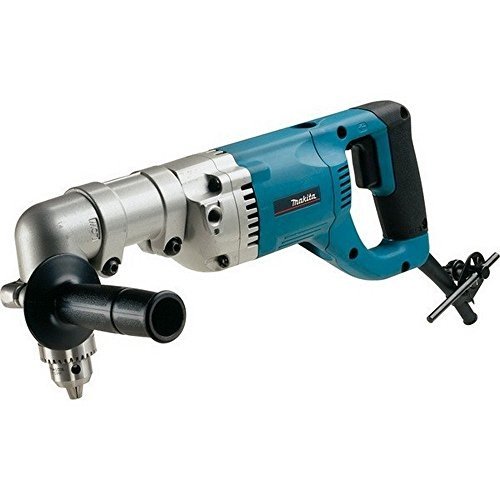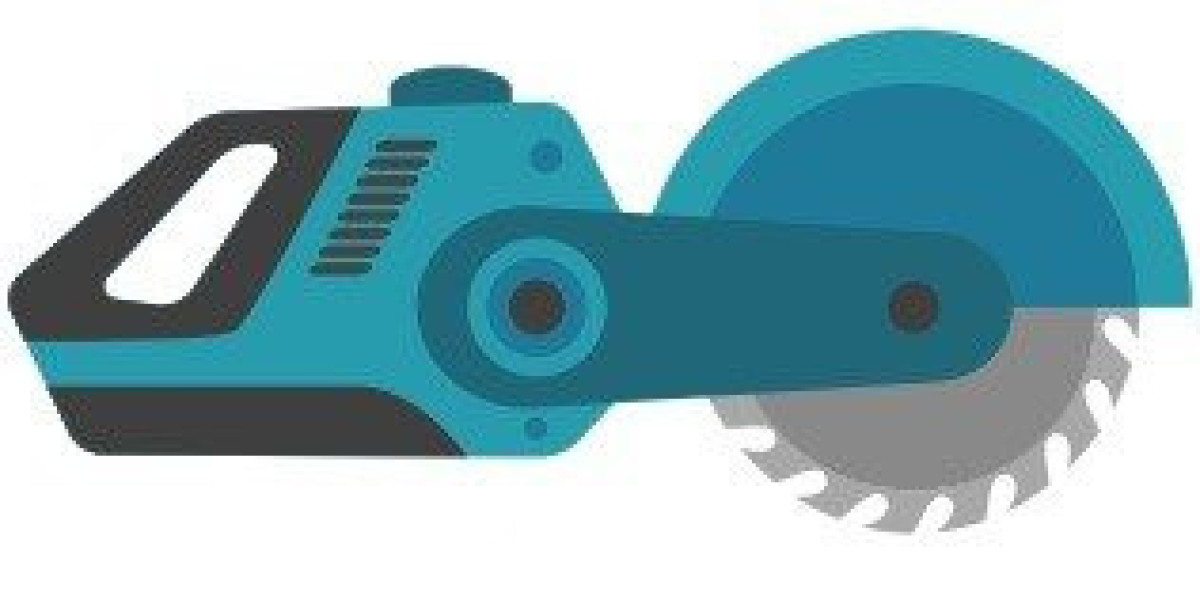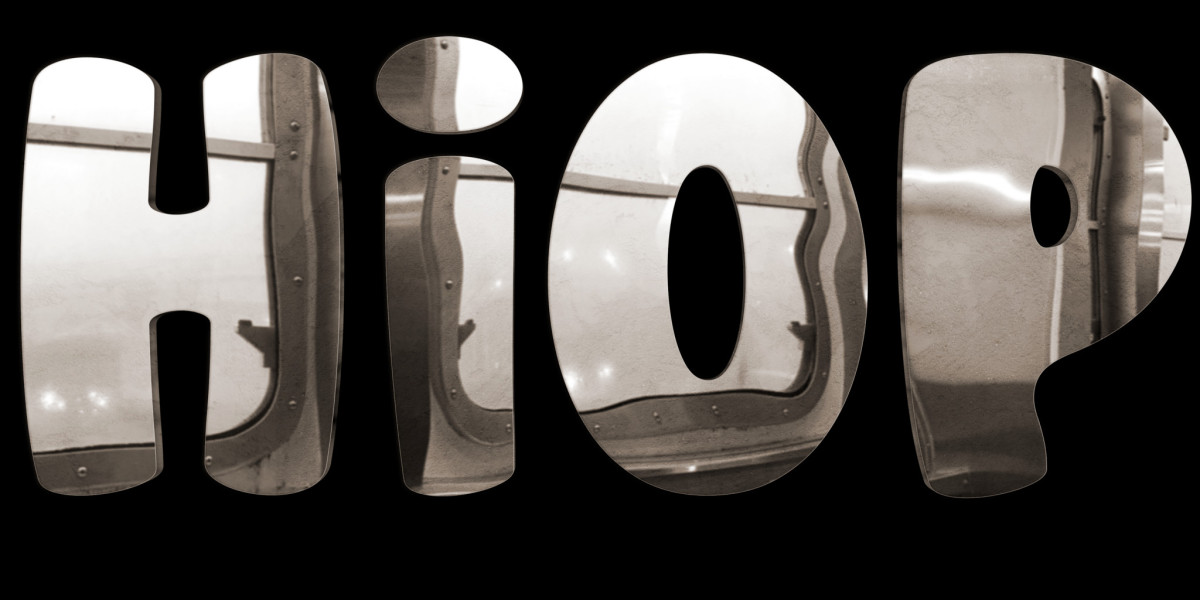Power tools are indispensable in both professional construction and DIY projects. They enhance efficiency, precision, and safety, making them a must-have for anyone involved in woodworking, metalworking, or general home improvement. This comprehensive guide delves into the world of power tools, exploring their types, benefits, safety considerations, and maintenance tips. Whether you're a seasoned professional or a beginner enthusiast, this article will provide valuable insights to help you make the most of your power tools.
Introduction to Power Tools
Power tools are motorized devices designed to perform various tasks in construction, manufacturing, and maintenance. They come in a wide range of types, each suited for specific applications. The primary advantage of power tools is their ability to complete jobs faster and with greater accuracy compared to manual tools. This efficiency is crucial in saving time and labor, especially in large-scale projects.
Types of Power Tools
Power tools can be broadly categorized into two main types: electric and pneumatic. Each type has its unique advantages and is suited for different tasks.
Electric Power Tools
- Drills and Drivers: Essential for drilling holes and driving screws. Types include corded drills, cordless drills, impact drivers, and hammer drills.
- Saws: Used for cutting various materials. Examples are circular saws, jigsaws, miter saws, and table saws.
- ** Sanders and Polishers**: Ideal for smoothing surfaces and polishing materials. Types include orbital sanders, belt sanders, and polishers.
- Grinders and Abrasive Tools: Used for grinding, cutting, and shaping materials. Common types are angle grinders and die grinders.
- Nail Guns and Staplers: Used for fastening materials. Types include framing nailers, brad nailers, and staple guns.
Pneumatic Power Tools
- Air Compressors: Provide the compressed air needed to power pneumatic tools.
- Air Tools: Operate using compressed air and are known for their high torque and durability. Examples include air drills, air hammers, and air wrenches.
Benefits of Power Tools
Increased Efficiency
- Power tools can perform tasks much faster than manual tools, significantly reducing project completion time.
- They can handle heavy-duty tasks that would be difficult or impossible with manual tools.
Improved Accuracy
- Many power tools come with precision settings and guides, ensuring consistent and accurate results.
- They can achieve a level of detail and finish that manual tools cannot.
Enhanced Safety
- Modern power tools are equipped with safety features such as automatic shut-off, blade guards, and ergonomic handles.
- They reduce the risk of repetitive strain injuries and other physical stress associated with manual tools.
Versatility
- Power tools can be used for a wide range of materials, from wood and metal to plastic and composite materials.
- They are compatible with various attachments and accessories, expanding their functionality.
Safety Considerations
Safety is paramount when using power tools. Here are some essential safety tips:
- Read the Manual: Always read the user manual to understand the tool’s capabilities and limitations.
- Wear Protective Gear: Use safety glasses, hearing protection, and appropriate gloves to protect yourself from hazards.
- Maintain the Tool: Regular maintenance, including cleaning and lubrication, ensures the tool operates safely and efficiently.
- Use the Right Tool for the Job: Select the appropriate tool for the task to avoid accidents and achieve the best results.
- Keep the Work Area Clean: A cluttered workspace increases the risk of accidents. Keep your work area organized and free of debris.
Maintenance Tips
Proper maintenance is crucial to extending the life of your power tools and ensuring they operate safely and efficiently.
- Regular Cleaning: After each use, clean the tool to remove dust, debris, and excess material.
- Lubrication: Apply the recommended lubricant to moving parts to reduce friction and wear.
- Check for Damage: Inspect the tool for any signs of damage or wear before each use.
- Store Properly: Store power tools in a dry, cool place to prevent rust and damage.
- Use the Right Batteries: For cordless tools, use only the recommended batteries and charger to avoid damage and ensure optimal performance.
Choosing the Right Power Tool
Selecting the right power tool for your project involves considering several factors:
- Type of Material: Different tools are designed for specific materials. For example, a circular saw is best for cutting wood, while a plasma cutter is ideal for metal.
- Project Size: Larger projects may require more powerful tools, while smaller tasks can be handled with lighter, more portable options.
- Budget: Determine your budget and look for tools that offer the best value for your money.
- Brand Reputation: Opt for reputable brands known for quality and durability.
- Warranty and Support: Check the warranty coverage and availability of customer support.
Popular Power Tools and Their Uses
| Tool Type | Common Uses | Brands to Consider |
|---|---|---|
| Cordless Drill | Drilling holes, driving screws | DeWalt, Bosch, Makita |
| Circular Saw | Cutting wood, plywood, and composite | Skil, Ryobi, Black+Decker |
| Jigsaw | Cutting curves and intricate shapes | Bosch, Porter-Cable, DeWalt |
| Orbital Sander | Sanding wood and other materials | Black+Decker, Makita, Festool |
| Angle Grinder | Cutting and grinding metal, masonry | DeWalt, Metabo, Makita |
| Air Compressor | Powering pneumatic tools | Campbell Hausfeld, Ingersoll Rand |
| Air Hammer | Breaking concrete, chiseling | Chicago Pneumatic, Hitachi |
| Nail Gun | Fastening nails and staples | DeWalt, Bostitch, Hitachi |
Environmental Considerations
While power tools are incredibly useful, their environmental impact should not be overlooked. Here are some eco-friendly practices:
- Energy Efficiency: Choose tools with energy-efficient motors to reduce power consumption.
- Battery Disposal: Properly dispose of used batteries to prevent environmental contamination.
- Dust Collection Systems: Use tools with built-in dust collection systems to minimize airborne particles and reduce waste.
Future Trends in Power Tools
The power tool industry is continuously evolving, driven by technological advancements and changing user needs. Some future trends include:
- Smart Tools: Tools equipped with sensors and connectivity features that can be controlled via smartphones or other devices.
- Lithium-Ion Batteries: The shift towards more powerful and longer-lasting lithium-ion batteries for cordless tools.
- Ergonomic Design: Tools designed with ergonomic principles to reduce user fatigue and improve comfort.
- Safety Enhancements: Advanced safety features such as sensor-based shut-offs and improved blade guards.
FAQs
What is the difference between corded and cordless power tools?
- Corded Tools: These tools are powered by a direct electrical connection and are generally more powerful and have a longer runtime.
- Cordless Tools: These tools are battery-powered, offering greater portability and flexibility but may have limitations in power and runtime.
How do I choose the right battery for my cordless tool?
- Type: Lithium-ion batteries are the most common and offer the best performance.
- Capacity: Higher capacity batteries (measured in amp-hours) provide longer runtime.
- Voltage: Higher voltage batteries are more powerful but also heavier and more expensive.
Can I use a power tool for multiple materials?
- Yes, many power tools are versatile and can be used for different materials with the appropriate attachments and settings. However, some tools are specifically designed for certain materials and may not perform as well on others.
What are some essential safety gear for using power tools?
- Safety Glasses: To protect your eyes from flying debris.
- Hearing Protection: To shield your ears from loud noise.
- Gloves: To protect your hands from sharp edges and vibrations.
- Dust Mask: To prevent inhalation of harmful dust particles.
How often should I replace the battery in my cordless tool?
- The lifespan of a battery depends on usage and maintenance. On average, a lithium-ion battery lasts 300-500 charge cycles. Replace the battery if it no longer holds a charge or shows signs of swelling or damage.
Power tools are a vital part of any toolbox, offering unmatched efficiency, precision, and safety. Whether you're a professional craftsman or a DIY enthusiast, understanding the types, benefits, and proper use of power tools can significantly enhance your projects. By following safety guidelines, maintaining your tools, and staying informed about industry trends, you can ensure that your power tools remain reliable and effective for years to come. Whether you're building a house, crafting a piece of furniture, or Www.Powertoolsonline.Uk simply making home repairs, the right power tools can make all the difference.
Additional Resources
- Power Tool Manuals: Always refer to the user manual for specific instructions and safety guidelines.
- Online Tutorials: Websites like YouTube offer numerous tutorials on using and maintaining power tools.
- Tool Rental Services: Consider renting tools for large projects to save money and reduce storage space.
By investing in the right power tools and following best practices, you can achieve professional results and enjoy the process of creating and building.









